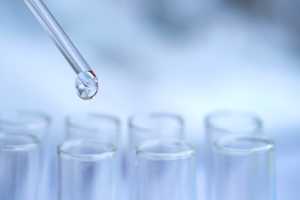
Kia Bertula is a testing expert in Measurlabs’ medical devices team, supporting customers with chemical characterization and biocompatibility evaluations. In addition, she handles the majority of pharmaceutical testing projects, from nitrosamine impurity screening to stability and sterility studies.
Kia received a PhD in applied physics from Aalto University in 2022 with a thesis titled “Polymer and gel networks: From self-assembly to structure, properties, and application.”
Academic publications
Kia co-authored several articles during her time at Aalto University's Molecular Materials Group, including the following:
Kia’s latest articles in our blog
Nitrosamine impurity analysis of pharmaceuticals by EMA and FDA guidelines
Pharmaceutical manufacturers must ensure that their products do not contain nitrosamine impurities in amounts exceeding the limits set by the EMA or the FDA.
Keep reading >
Medical device extractables and leachables testing by MDR requirements
Characterization of extractables and leachables helps medical device manufacturers evaluate the risks that arise from the chemical composition of the device.
Keep reading >
